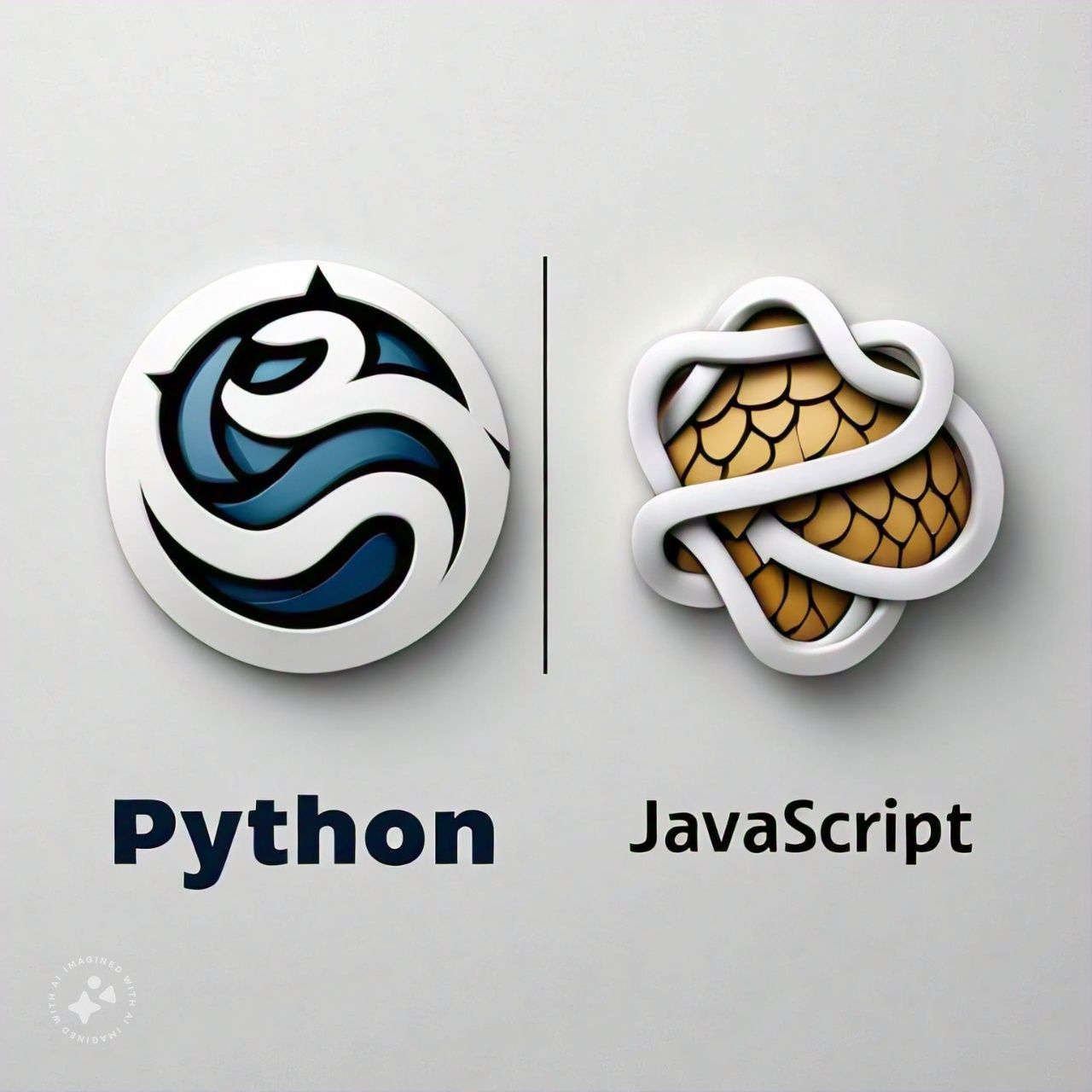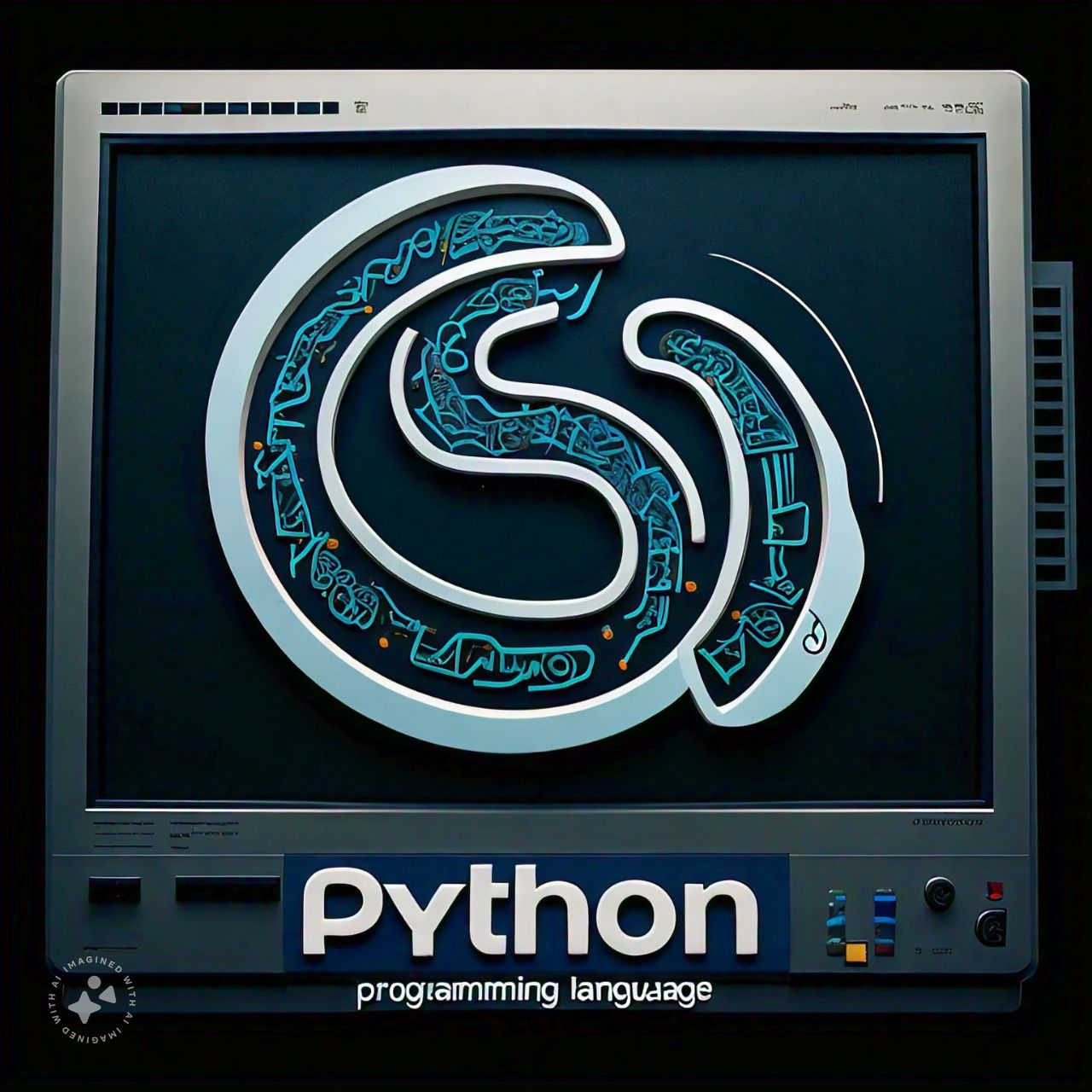Python Duck Typing!!!
One of the most fascinating features of Python is its use of duck typing, a dynamic programming concept that focuses on an object’s behavior rather than its specific type. The term is inspired by the saying, “If it looks like a duck, swims like a duck, and quacks like a duck, then it probably is a duck.” In Python, this means that you can use an object as long as it has the required methods and properties, without worrying about its actual type or class.
Unlike languages that require strict type declarations, Python embraces flexibility. You don’t need to specify an object’s type for it to work within your code. As long as an object behaves in the right way, it can be used in various contexts. This approach allows for greater code reuse and adaptability across different programming tasks and applications.
For example, you can pass different types of objects to the same function, as long as those objects implement the required methods. Python will execute the function based on what the object can do, not what it is. This feature significantly reduces the amount of boilerplate code you need to write and helps keep the codebase cleaner and easier to maintain.
Here’s a simple example:
def quack(duck):
duck.quack()
duck.swim()
class Duck:
def quack(self):
print("Quack!")
def swim(self):
print("Swims in the pond")
class Person:
def quack(self):
print("I can mimic a duck!")
def swim(self):
print("Swimming like a human")
quack(Duck()) # Works because Duck has quack() and swim()
quack(Person()) # Also works because Person has quack() and swim()
Both Duck and Person have the methods quack() and swim(), so Python treats them the same in this context. This dynamic typing makes Python particularly powerful for building flexible and reusable code.
Duck typing not only promotes clean coding practices but also fosters creativity.






One thought on “What is Python Duck Typing ?”